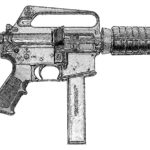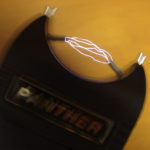I have had the good fortune of being present during two of the great changes in handguns, the switch from revolvers to semi-automatics and the ongoing transition from conventional sights to optical devices. (The switch from black powder to cartridges predates me by about 90 years).

The revolver was the dominant handgun for law enforcement and armed citizens for most of the 20th Century. Its simplicity made it the first choice for beginners and experienced shooters. For example, Smith & Wesson revolvers in .38 or .357 Magnum were common.
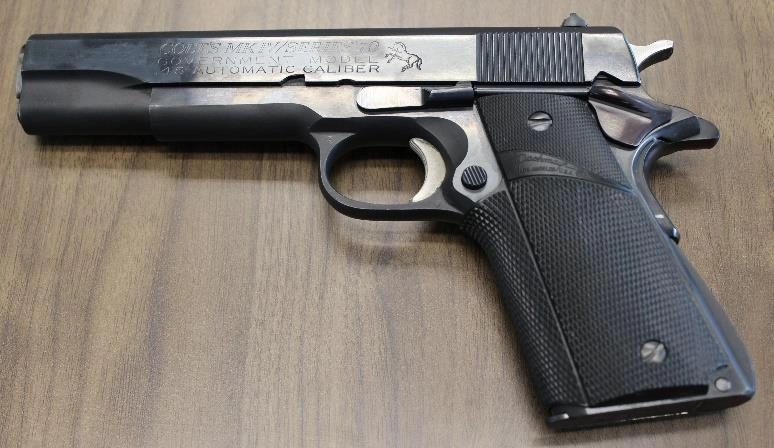
In 1911, the U.S. military switched from revolvers to the semi-automatic Colt .45 as its primary handgun. Law enforcement agencies continued to primarily use revolvers for decades.
When I attended one of Virginia’s regional police academies in the early 1980s, most police holsters held revolvers. Only two members of my class carried automatics on duty. The academy did not have a course of fire for automatics, nor did not supply ammunition beyond .38 Specials for revolvers. The two students used revolvers for the weeklong course. On the last day of firearm training, the instructors modified a course slightly, to allow the two students to qualify with their duty pistols (and provided their own ammunition).
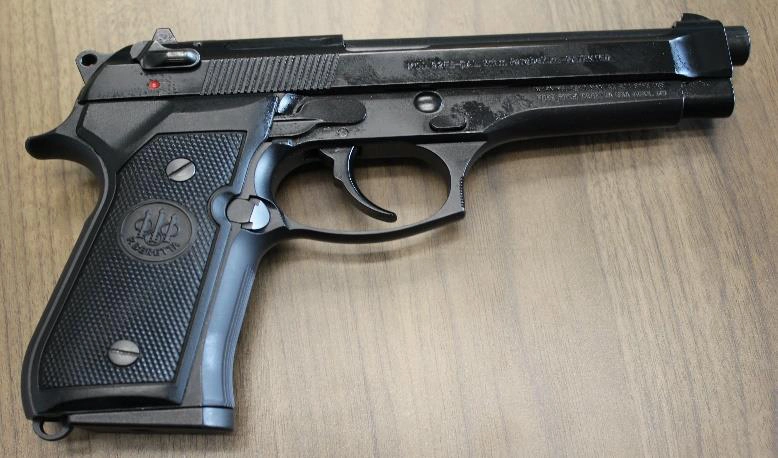
In the late-1980s, handgun preferences changed. In 1985, the U.S. military switched from the .45 ACP, with a seven-round magazine, to the Beretta M9/Model 92FS, equipped with a 15-round magazine.
By the early 1990s, law enforcement agencies began adopting various semi-automatics, or at least allowing their use. These days, semi-automatics are carried by over 95% of police officers, with Glocks being the most common brand by far.

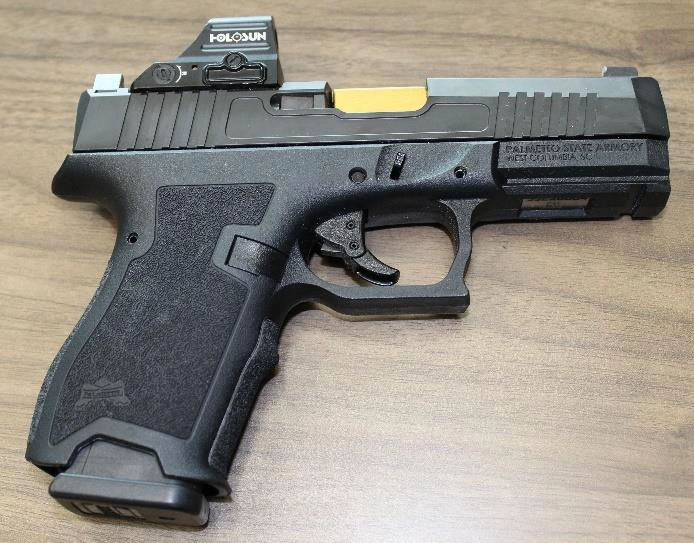
After nearly all agencies adopted or authorized semi-automatics, the next change was the sighting system. Optics have been used for decades in competition pistols, formal and informal. Only in recent years have optics become durable and affordable for the average users. Above, a Glock and a Palmetto Armory Dagger each host optics.
Earlier this month, I attended a one-day pistol-mounted optic training course at the Outpost Armory in Murfreesboro, Tennessee, organized by She Shoots Training. The instructor was Erick Gelhaus, a retired California law enforcement officer, Gunsite instructor and well-known on internet forums and podcasts. Erick is a treasury of knowledge about law enforcement tactics and firearms.
Fifteen students attended the course, males and females, ages from the 30s to one guy eligible for Social Security (me). Attendees had experience with red dot optics ranging from a few months to over a year. Glocks dominated the users’ pistol preference, with SIGs in second place. We fired almost 200 rounds each during the course.
Erick presented techniques to acquire the dot from the draw and keep it while shooting. He also provided methods to shoot reasonably accurately if the dot failed or was obstructed. Finally, he provided tips and cautions involving firearm safety and legal issues.
You might be asking, why this article is part of legal blog? If a gun owner chooses a optic-equipped pistol for defense, the owner should invest time and training in using it effectively and safely. Red dot optics are a fun choice for plinking and target shooting. For more serious uses, the owner needs to learn the pros and cons of the device. Professional instruction is essential. There is only so much that can be learned from internet articles and videos. Proper use of an optic requires regular inspection, maintenance, and practice. It’s often said that practice makes perfect. Perfect practice makes perfect, is more accurate. Otherwise, the user is just repeating his or her imperfections.
James Wagner is a partner with Frantz, McConnell, LLP and can be reached at 865-546-9321 or at Jwagner@fmsllp.com for questions about firearm legal issues.
RELATED POSTS:

Frantz, McConnell & Seymour, LLP offers legal services in virtually every area of civil and business law representing clients throughout East Tennessee.

